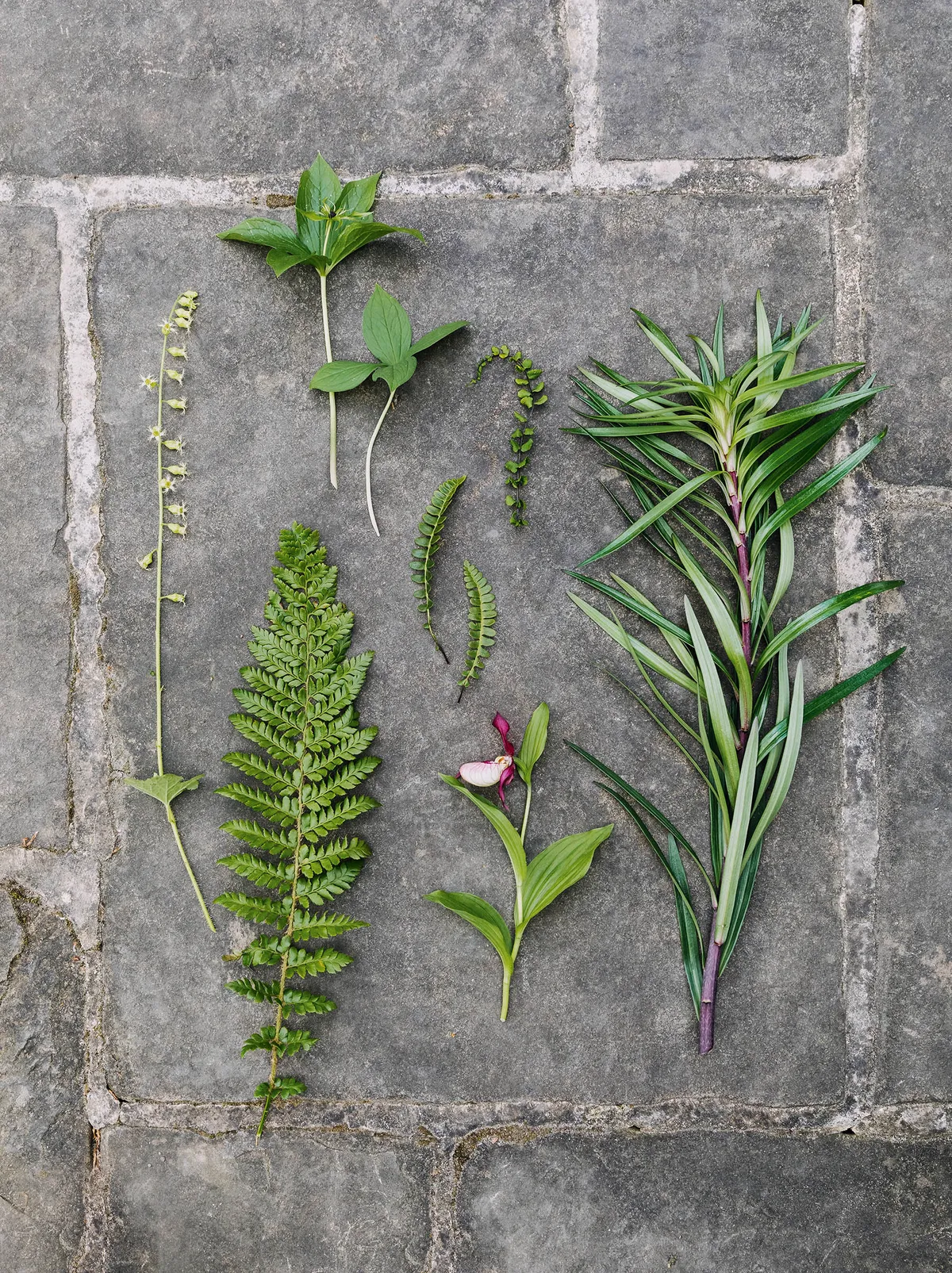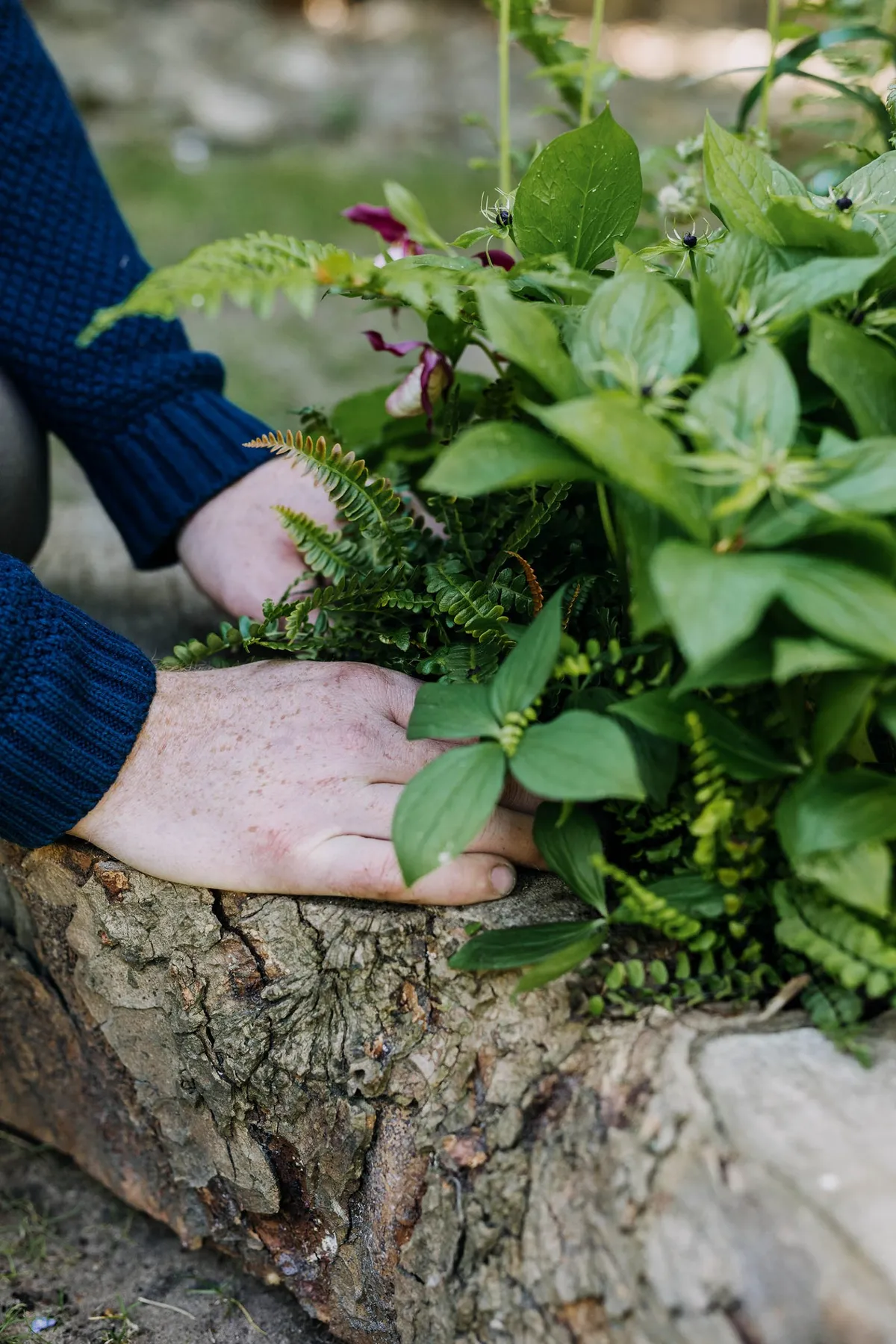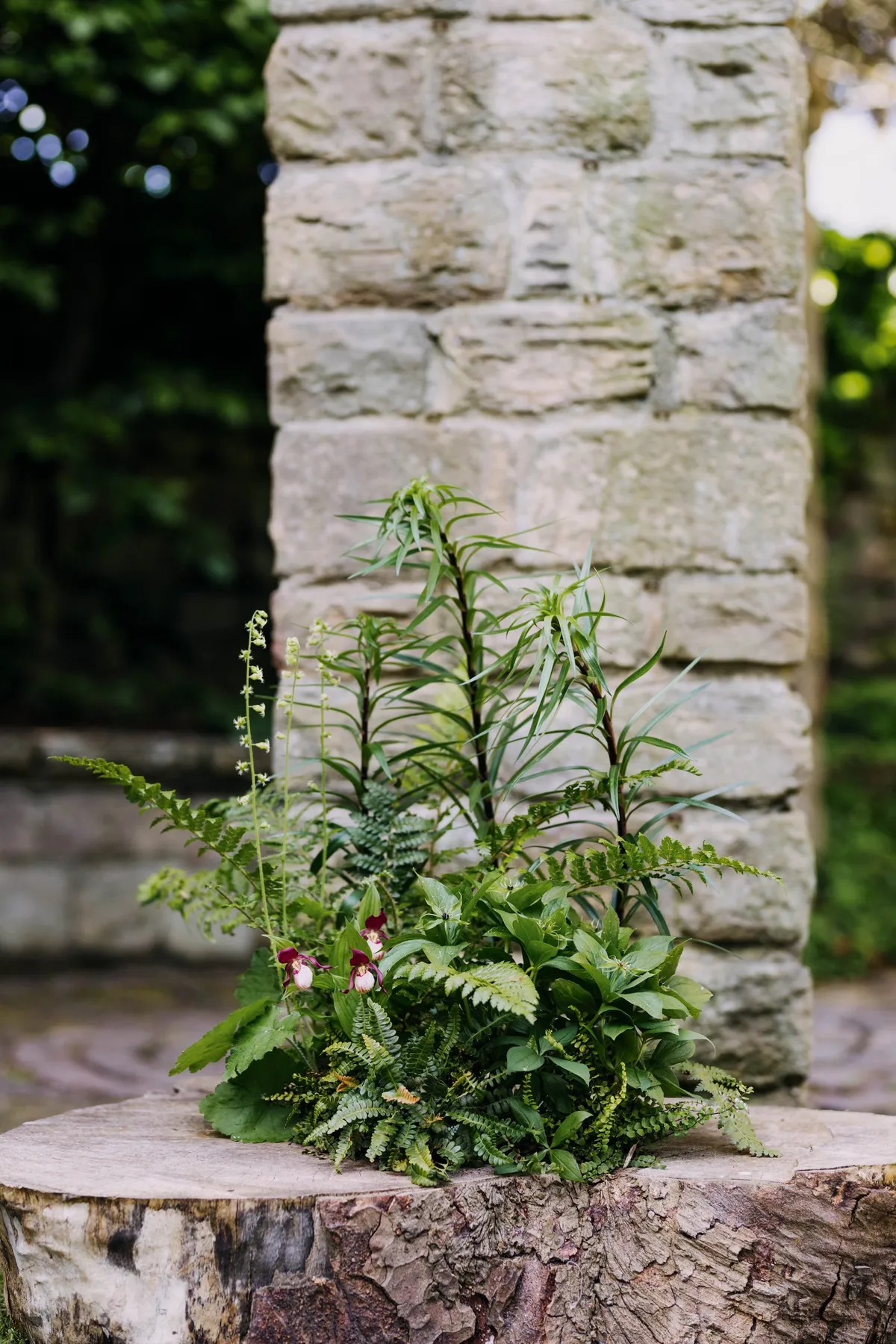The felling of a vast chestnut in a churchyard close to the garden at York Gate, sparked the idea for this display. A thick slice of trunk with a large hole in the centre provides a perfect planting pocket for early summer-flowering shade-lovers. The native woodlander herb-paris (Paris quadrifolia) and elegant lady’s slipper orchid (Cypripedium Gisela gx) are a delight nestled among ferns, fringe cups and the Turk’s cap lily hybrid Lilium ‘Night Flyer’.
How to achieve the look
Container and composition
Using natural materials from the garden brings individuality, in this case a grand sliver of chestnut planted with a woodland floor. Herb-paris, lady’s slipper orchid and Lilium ‘Night Flyer’, followed by the more commonly associated ferns and Tellima grandiflora (fringe cups), give texture and the archetypal woodland look. The tall, dark stems of Lilium ‘Night Flyer’ not only add a vertical layer, but also produce near-black blooms once the others have faded, extending the flowering interest. Tucking the smaller but robust fern Asplenium trichomanes and tough, alpine water fern Blechnum penna-marina into the gaps, allowing them to creep over the smooth, wooden top, completes the woodland treasure trove.
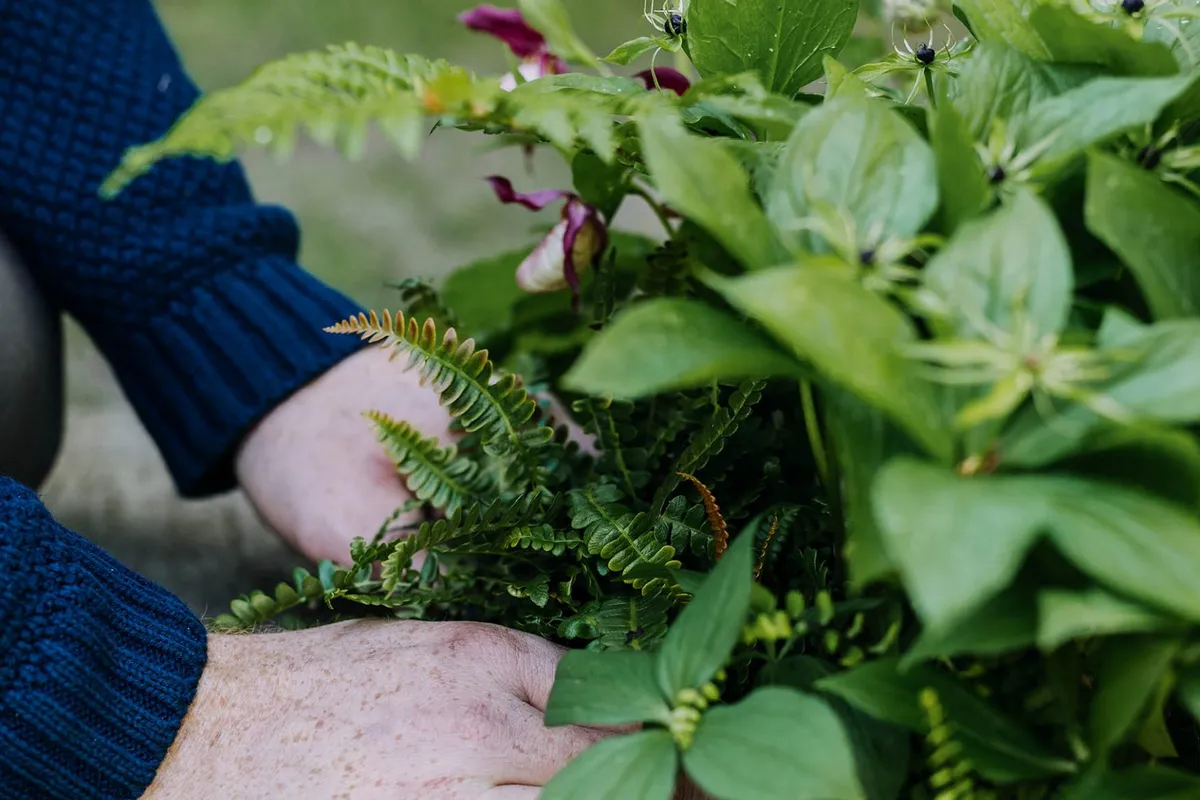
Cultivation and care
Lady’s slipper orchids are a real treat to grow, and Cypripedium Gisela gx is an ideal hardy orchid for beginners. They require semi-shade and a growing medium containing little organic matter. We use a loam-based mix of John Innes No.3, well-decomposed leaf mould and horticultural grit in equal parts. Paris quadrifolia is a delicate native woodlander that is rarely grown in the garden, strangely attractive and easily propagated by dividing rhizomes when they first emerge in spring. Lift the clump and use a sharp knife to separate individual growing points. Pot on in the same soil mix or plant in a shady corner that won’t be disturbed. If you get hooked, try the hard-to-cultivate but truly beautiful Paris polyphylla.
Plants
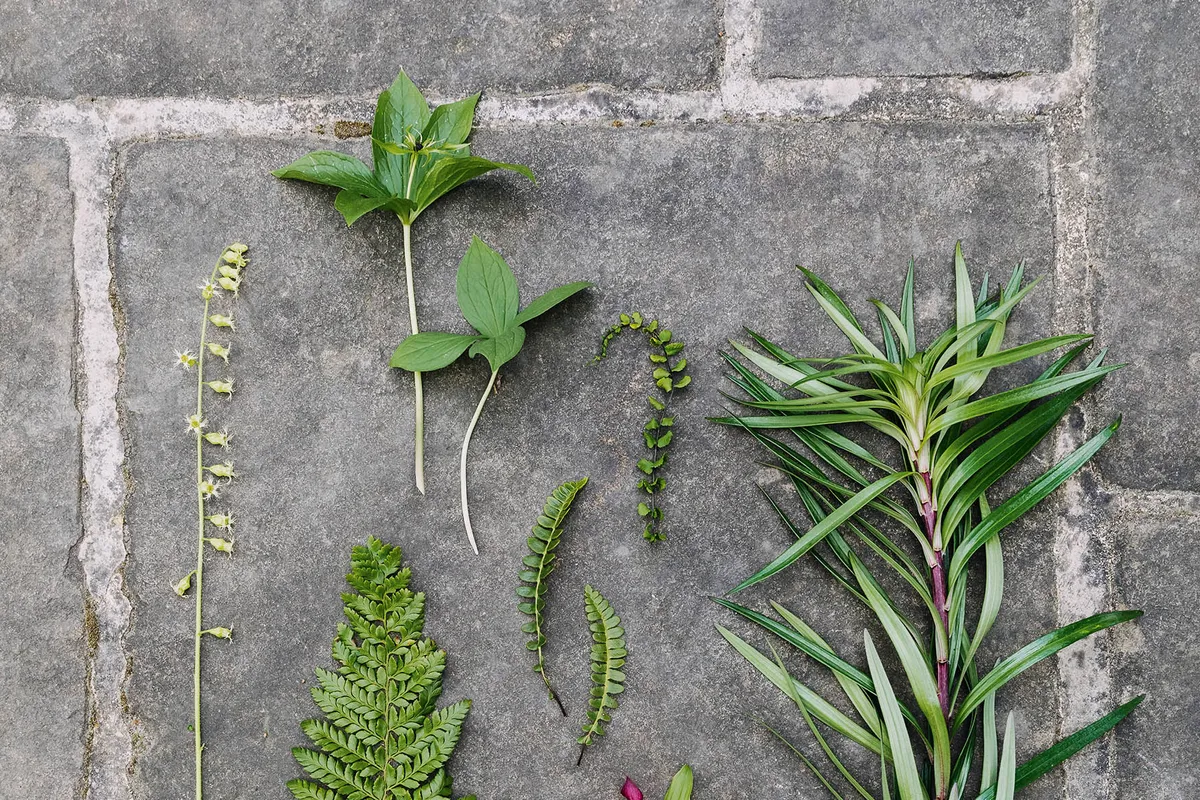
From left to right
Tellima grandiflora Small, white, cup-shaped flowers on thin, erect stems. 75cm. RHS H6.
Paris quadrifolia Dainty, green flowers with a striking black centre. 30cm. RHS H7.
Polystichum aculeatum Upright fern. 90cm. AGM*. RHS H7. 4 Blechnum penna-marina Mat-forming fern with pinnate, leathery fronds. 15cm. RHS H4.
Asplenium trichomanes Black-stemmed fronds with oblong segments. 15cm. AGM. RHS H6.
Lilium ‘Night Flyer’ Deep-red blooms. 1m. RHS H6.
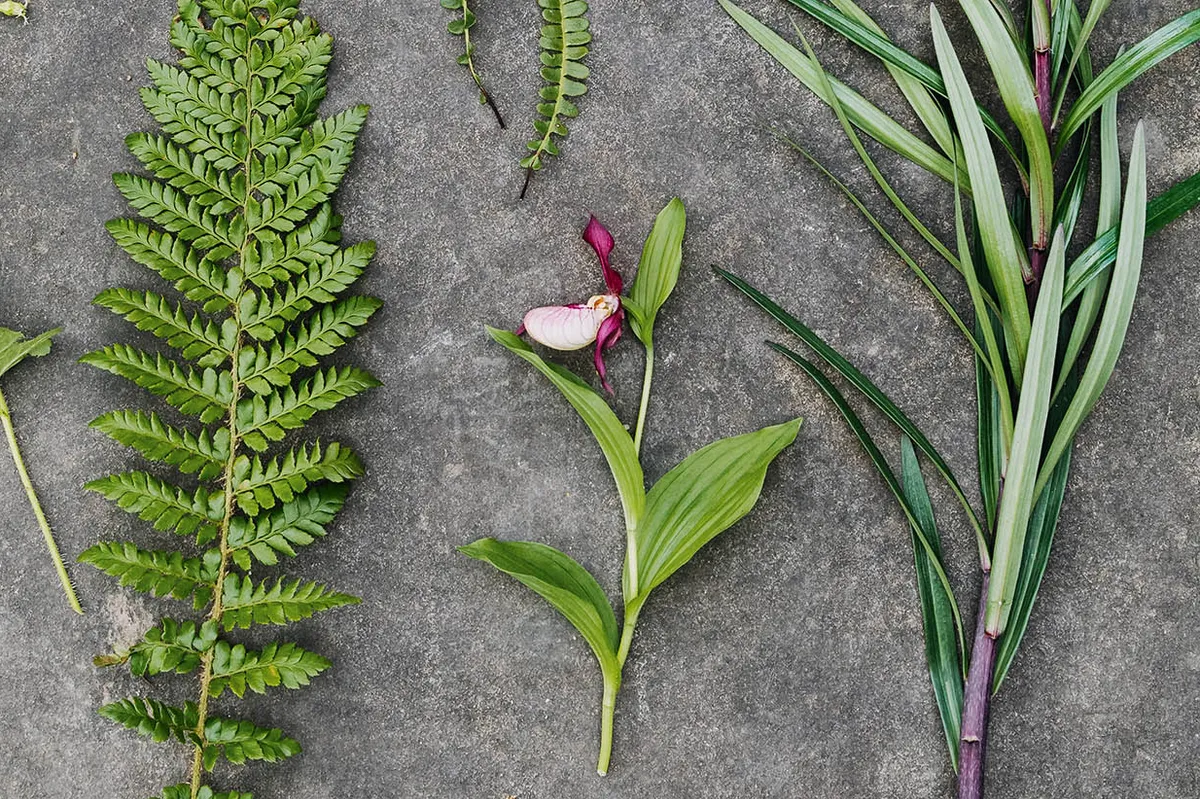
Cypripedium Gisela gx Striking pink flowers. 30cm. RHS H5.
